DJI has stepped into the panoramic action camera scene with its debut offering, the Osmo 360, taking aim at its fast-growing competitor, Insta360.
Leveraging its impressive engineering expertise, DJI has loaded this camera with standout features to edge out the competition, including a fresh sensor design, the ability to shoot in crisp 8K at 50 frames per second with 10-bit log, and a compact, lightweight frame that’s easy to carry anywhere.
The Osmo 360 doesn’t just keep pace with Insta360—it shines in key areas, offering comparable battery endurance and exceptional performance in dim lighting. I had the chance to test it out in all sorts of situations, like cruising on my e-bike, and I’ve got to say, it really won me over with its smooth results.
That said, it’s not perfect: like most 360-degree cameras, it trades some video sharpness for the freedom to capture every possible angle. Oh, and a heads-up—DJI’s editing software could still use a bit of fine-tuning to match the hardware’s potential.
Design and Features
Insta360 shook up the action camera scene with a standout feature: the ability to record everything around you in one go. That means you can tweak the angle of your video after filming, freeing you from the usual “point-and-shoot” limits of traditional cameras. The catch? When you flatten out that 360-degree footage—something tech folks call “de-warping”—the resolution takes a hit, dropping from, say, 8K to 4K, so it’s not quite as crisp as the raw numbers suggest.
DJI, known for its drones and action cams, hadn’t dipped its toes into this 360 world until now. Enter the Osmo 360, their answer to Insta360’s dominance. It’s got the same dual-lens setup—one on each side—plus a screen on the back with handy buttons for recording and flipping views, much like what Insta360 offers. There’s a power switch onstationary on the side, and you can fine-tune settings either on the display or through DJI’s Mimo app on your phone.
What’s neat about the Osmo 360 is its custom 1-inch square sensor, built just for panoramic shots. Unlike the rectangular sensors in other models, this one uses 25% more of its surface, which means better picture quality and stronger performance when the lights dim. It’s also easier on power, which is a nice perk.
Size-wise, it’s a bit more compact than Insta360’s X5. Sure, it’s a tad thicker and wider, but it’s a lot shorter—83mm versus the X5’s 124.5mm—and weighs in at 183 grams, about 9% lighter. That makes it simpler to toss in a bag or strap onto a bike, though it’s still chunkier than your average action cam.
One thing I love is the 105GB of built-in storage—way better than the nothing you get with some rivals—plus a microSD slot for extra room. The battery’s the same one you’ll find in DJI’s Osmo Action 4 Pro and 5 Pro, so if you’ve got those, you’re already set with spares.
It lasts up to 120 minutes filming 8K at 30 fps in endurance mode, or 100 minutes normally, which is right in line with the X5’s 93 to 115 minutes. Need more time? Snap on the optional battery rod, and you’re good for 180 minutes.


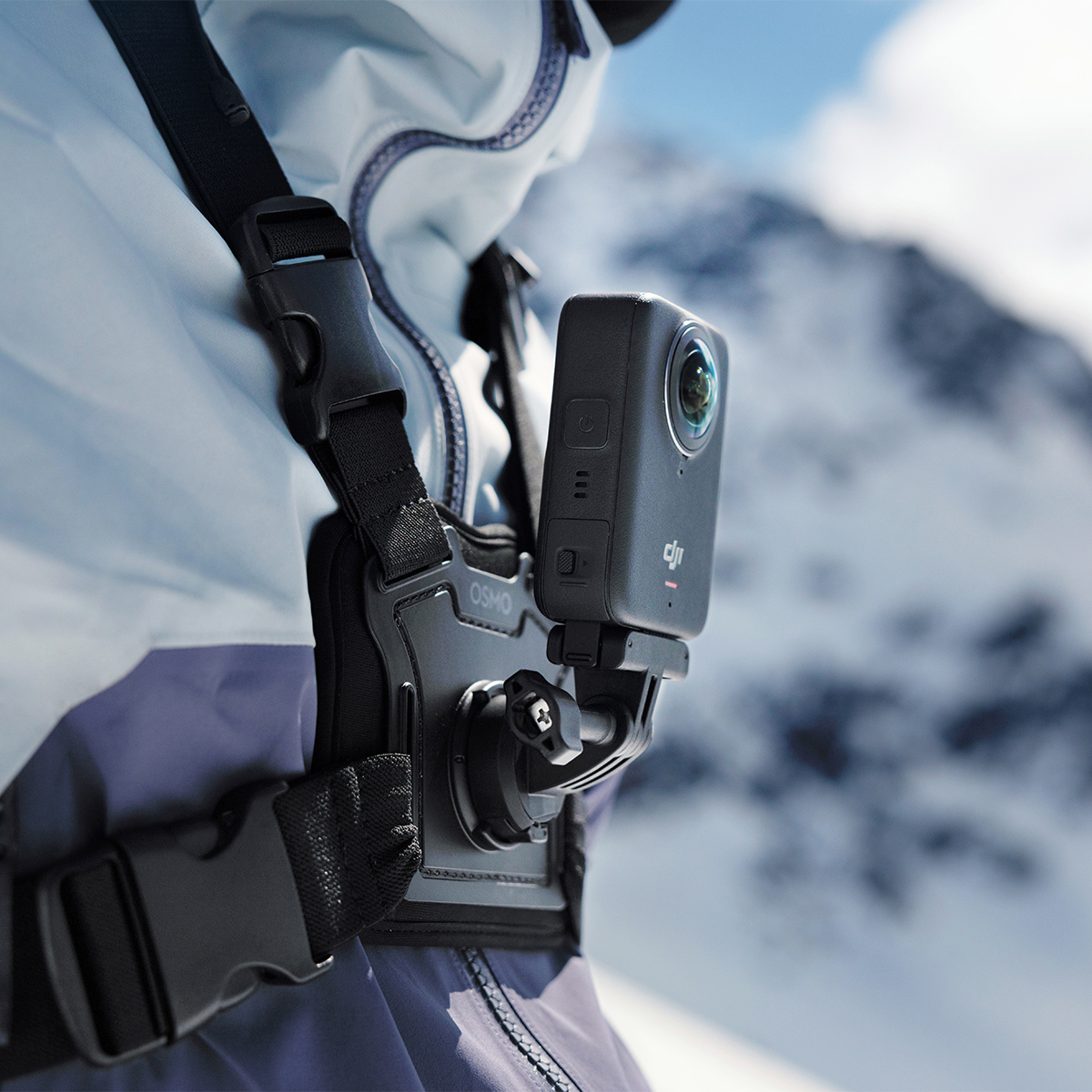

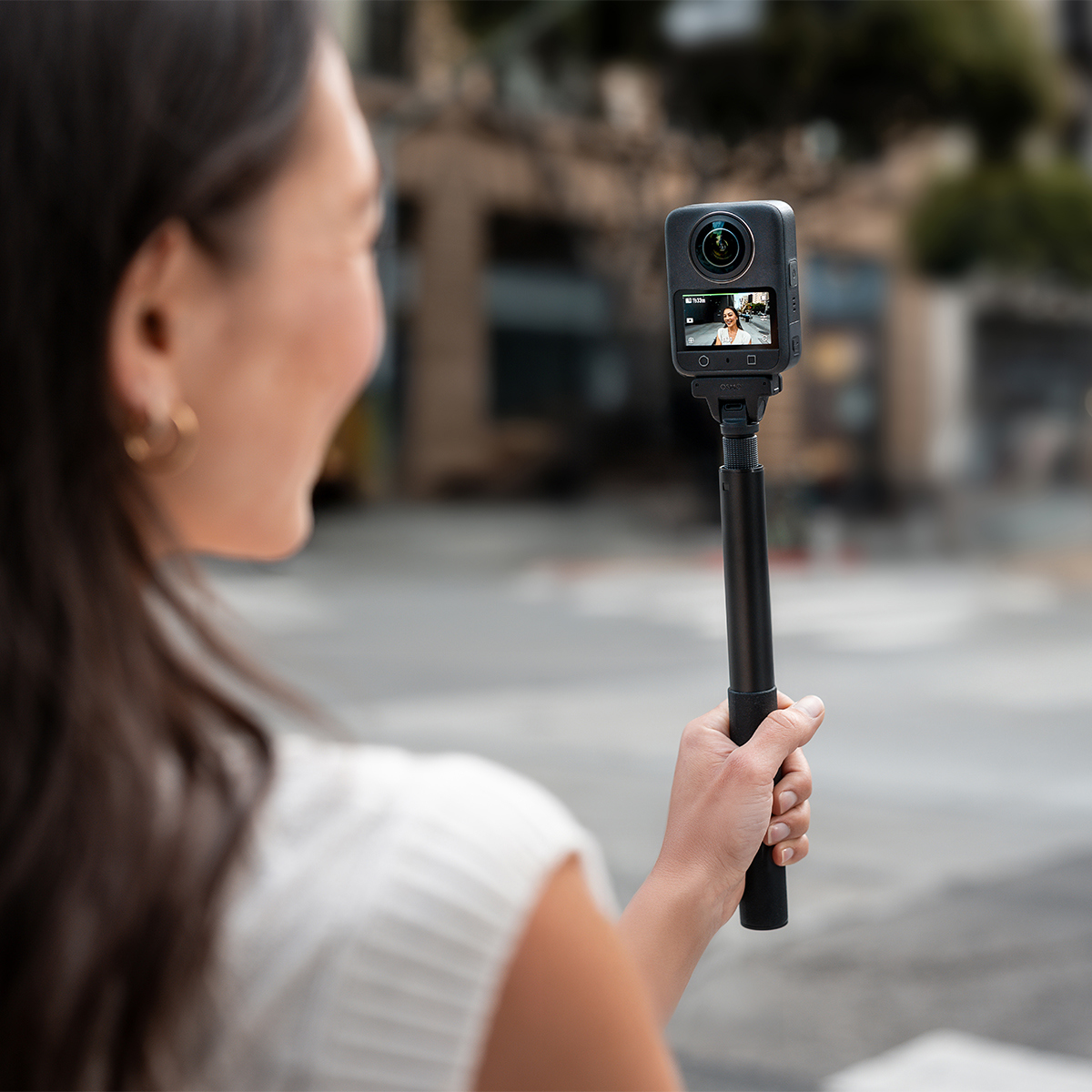

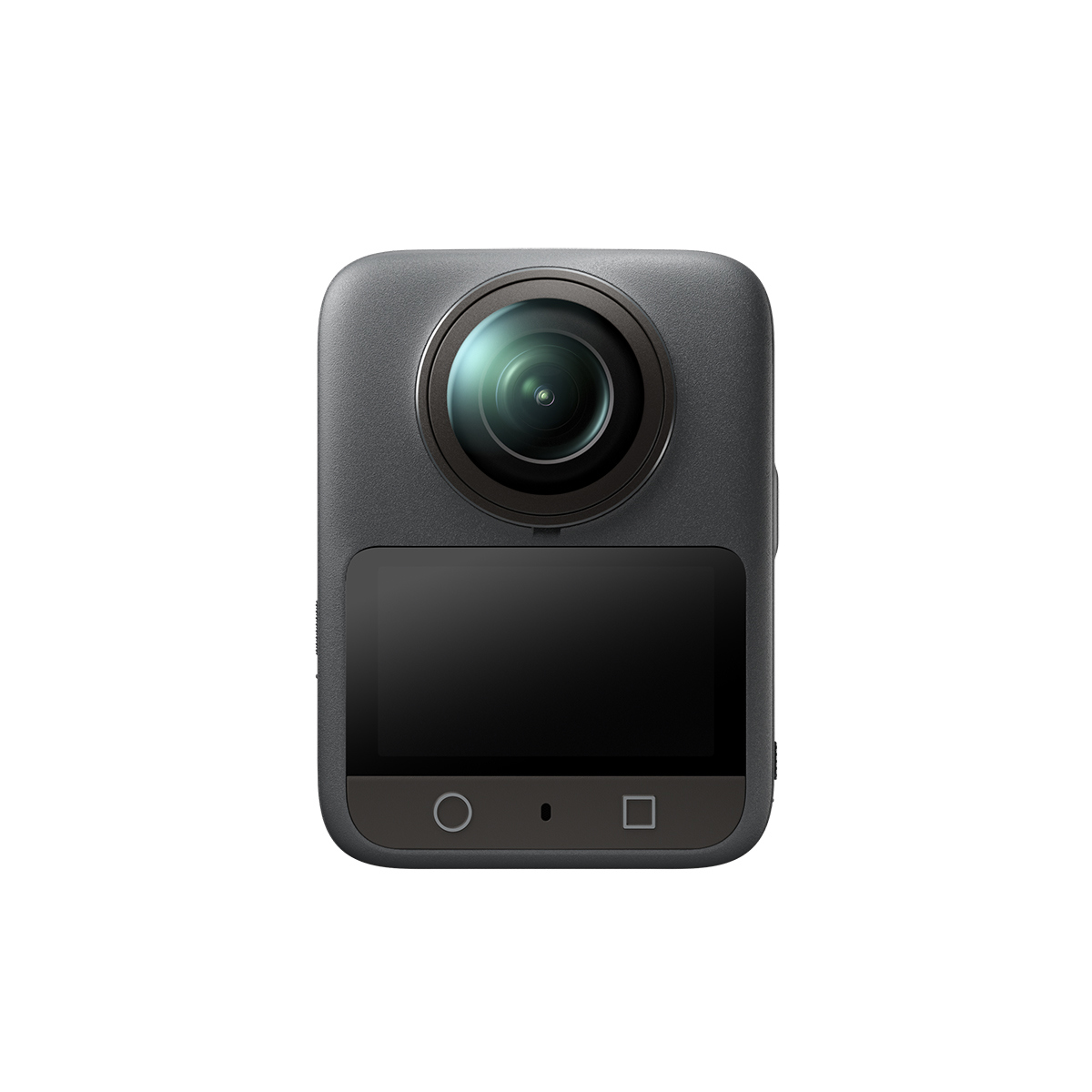
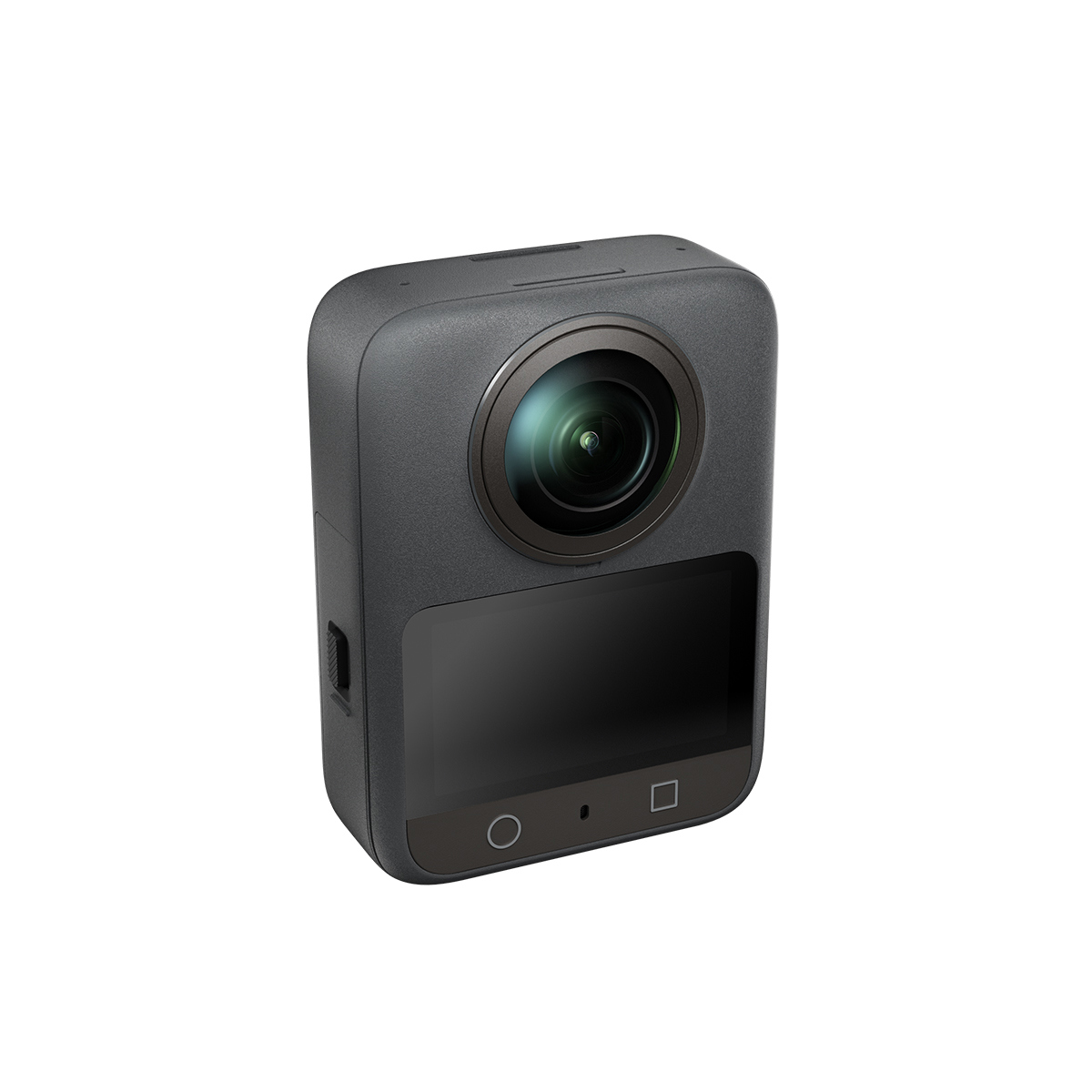
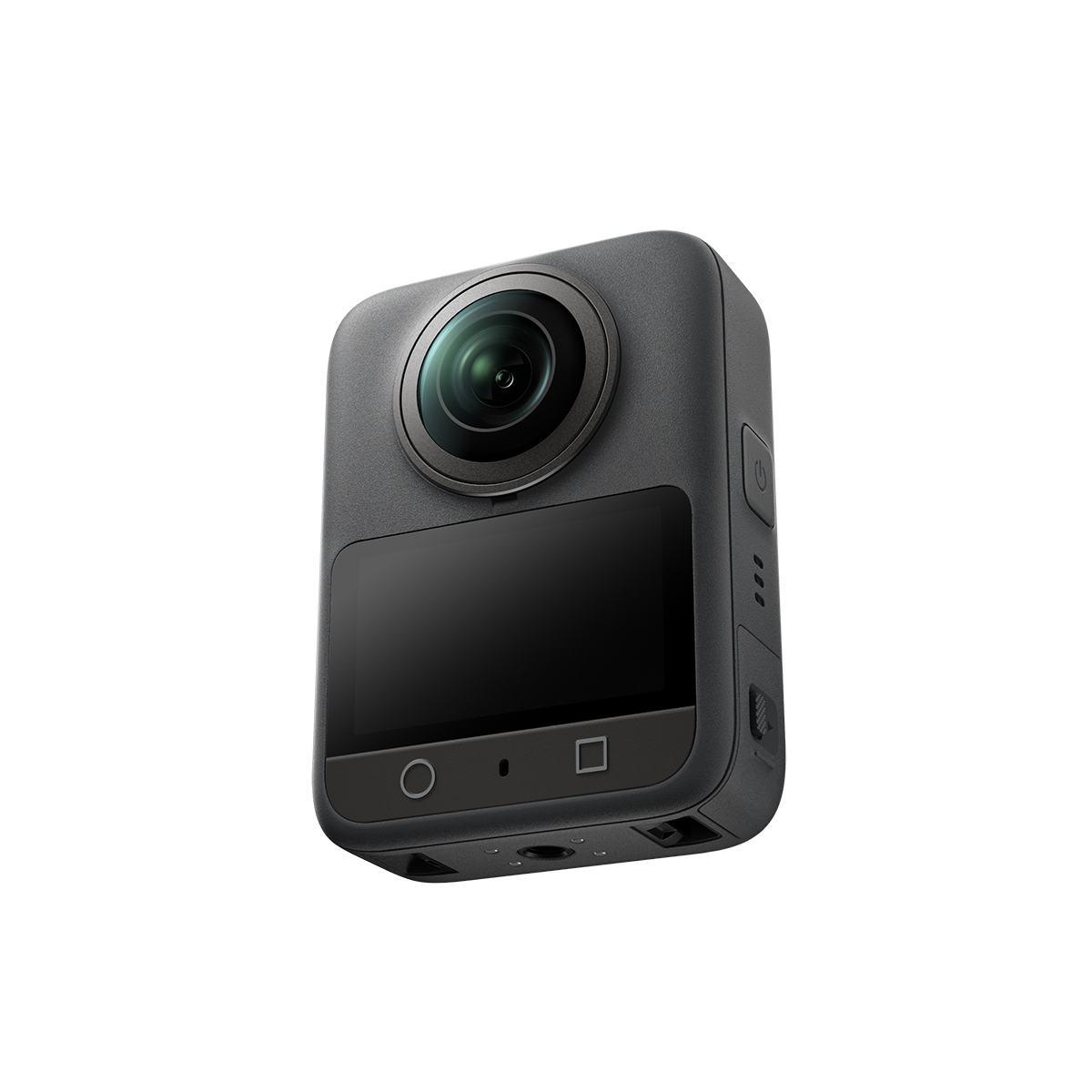
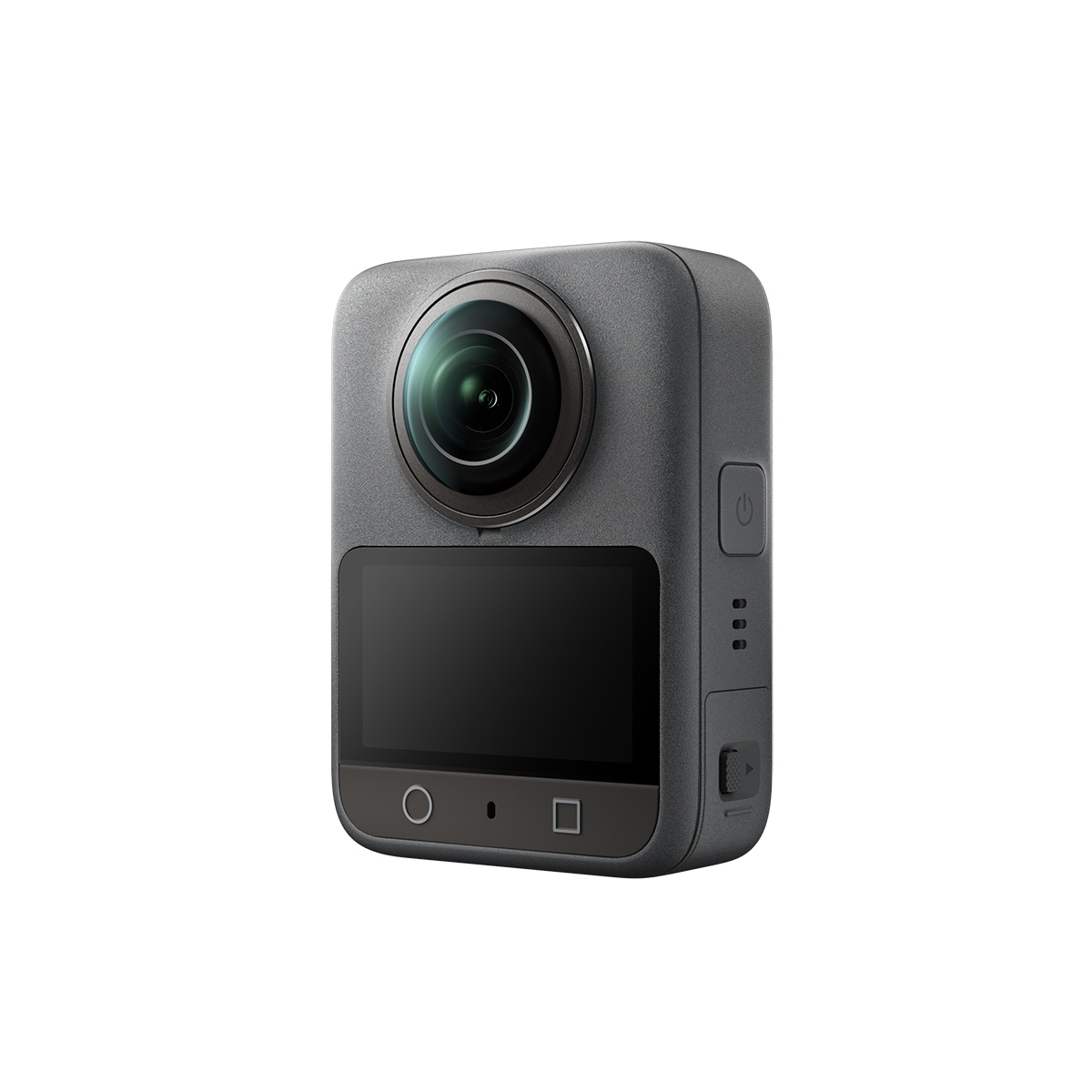
Video and Audio
With that new sensor, the Osmo 360 pushes the boundaries of 360 video, hitting 8K at 50 fps—beating out the X5’s 8K at 30 fps and the Insta360 One RS’s 6K at 30 fps. That gives you smooth, high-quality flat video at 4K 50 fps once it’s processed.
It also packs 10-bit D-LogM recording, which pulls out more color and detail than the X5’s 8-bit I-Log. If you’d rather skip the panoramic vibe, there’s a “Boost Video” mode that shoots flat 4K at 120 fps with a wide 170-degree view.
I was blown away that it handled 8K 50 fps recording for almost 90 minutes straight—and over 100 minutes at 8K 30 fps—without overheating. For a camera this small pumping out that much data, that’s pretty remarkable.
Low-light shooting is another strong point. DJI says the sensor’s pixels are 2.4 micrometers—twice the size of the X5’s—which lets it soak up more light. For photos, it can crank out 120MP panoramic shots (way ahead of the X5’s 72MP) or drop to 30MP with less grain in darker settings by combining pixels.
I put it through its paces in bright daylight and at night, and it didn’t disappoint. In sunshine, it held its own against the X5 for sharpness and color. But it really stood out in tough, high-contrast spots—the D-LogM mode kept bright areas like skies and wet roads detailed while making shadows pop without looking flat.
The RockSteady stabilization kept things buttery smooth, even when I was rattling over bumpy cobblestone paths. Like other DJI gear, you can let the horizon tilt as you move or lock it level with HorizonSteady (though that trims the resolution a bit). The footage stitched together seamlessly most of the time—unless something was right up in the lens’s face—so I could swing the view around without any odd warps.
It’s not flawless, though. Like any 360 camera, the Osmo 360 loses some sharpness compared to, say, the Action 5 Pro when you flatten it to 4K. And while it’s great in low light overall, the stabilization got shaky at night, with some pixelation and blur creeping in during motion. That’s not unique to this model, though—action cams just don’t have optical stabilization to lean on.
Audio-wise, it plays nice with DJI’s Mic 2 and Mic Mini wireless mics, and it can even handle two at once through the OsmoAudio setup. I hooked up my Samsung Galaxy Buds Pro 2 as well, though it’s limited to one pair of third-party earbuds at a time.
The DJI mics sound sharp and clear, and they’re a breeze to use—plus, they can save a backup audio track right in the camera. Insta360’s got its own $50 Mic Air for the X5 and Ace Pro 2, but those can only manage one mic, while the Osmo 360 doubles up.
DJI Studio Editing
When you’re working with panoramic cameras, the software is just as vital as the camera itself. Beyond basic cutting and trimming, these tools let you tweak camera angles and pull off those slick 360-degree effects. And if you’re sharing full panoramic videos, they tag the footage with the right metadata so platforms like Facebook and YouTube display it as intended.
Insta360 has earned a lot of praise for its smooth and capable Studio app, which handles all of this effortlessly. DJI has now entered the game with its own Studio app, but as a newcomer to 360 editing, it’s still got some catching up to do.
The DJI Studio app covers the essentials—you can drop in clips, trim them down, and build a timeline. But it’s not exactly a walk in the park. I spent more time than I’d like figuring out how to trim clips before slotting them into place. It’s also got some quirks: the preview sometimes shows a clip I didn’t pick, and the camera angles can shift out of nowhere. Compared to Insta360’s app, it’s missing extras like text overlays and seamless transitions.
Still, DJI Studio gets the core stuff right. Switching perspectives with keyframes is simple, and the animations do a nice job of keeping things fluid. Exporting works like a charm, whether you want a flat video or a panoramic one, and it plays well with pro tools like Premiere Pro or DaVinci Resolve for final polish. It’s a solid start for DJI, but it’s not yet on par with the competition.
Wrap-Up
DJI may have taken its time jumping into the panoramic action camera scene, but the Osmo 360 proves they’ve done their homework. It goes toe-to-toe with Insta360’s X5, especially shining in tough lighting—like dim rooms or bright, contrasty days—where its video quality stands out. It’s straightforward to use, has impressive battery life, and packs a hefty amount of built-in storage that leaves rivals in the dust.
That said, it’s not perfect. Like most 360 cameras, its image quality doesn’t quite rival a traditional action cam, and the stabilization can get shaky in low light. The DJI Studio app, while promising, still feels like a work in progress and needs some refinement to match the competition. Even so, for a first swing, the Osmo 360 is a surprisingly strong contender against the X5.
The Osmo 360 is out now in most places outside the US. The Standard Combo, which comes with one battery, a protective pouch, and a lens cover, runs about $554. The Adventure Combo, tossing in two extra batteries, a charger, a quick-release mount, and a 1.2m Invisible Selfie Stick, goes for around $728. No word yet on a US release—DJI says it’s not hitting official channels there right away, and they’re keeping quiet on a timeline, though they’ll let us know when that changes.
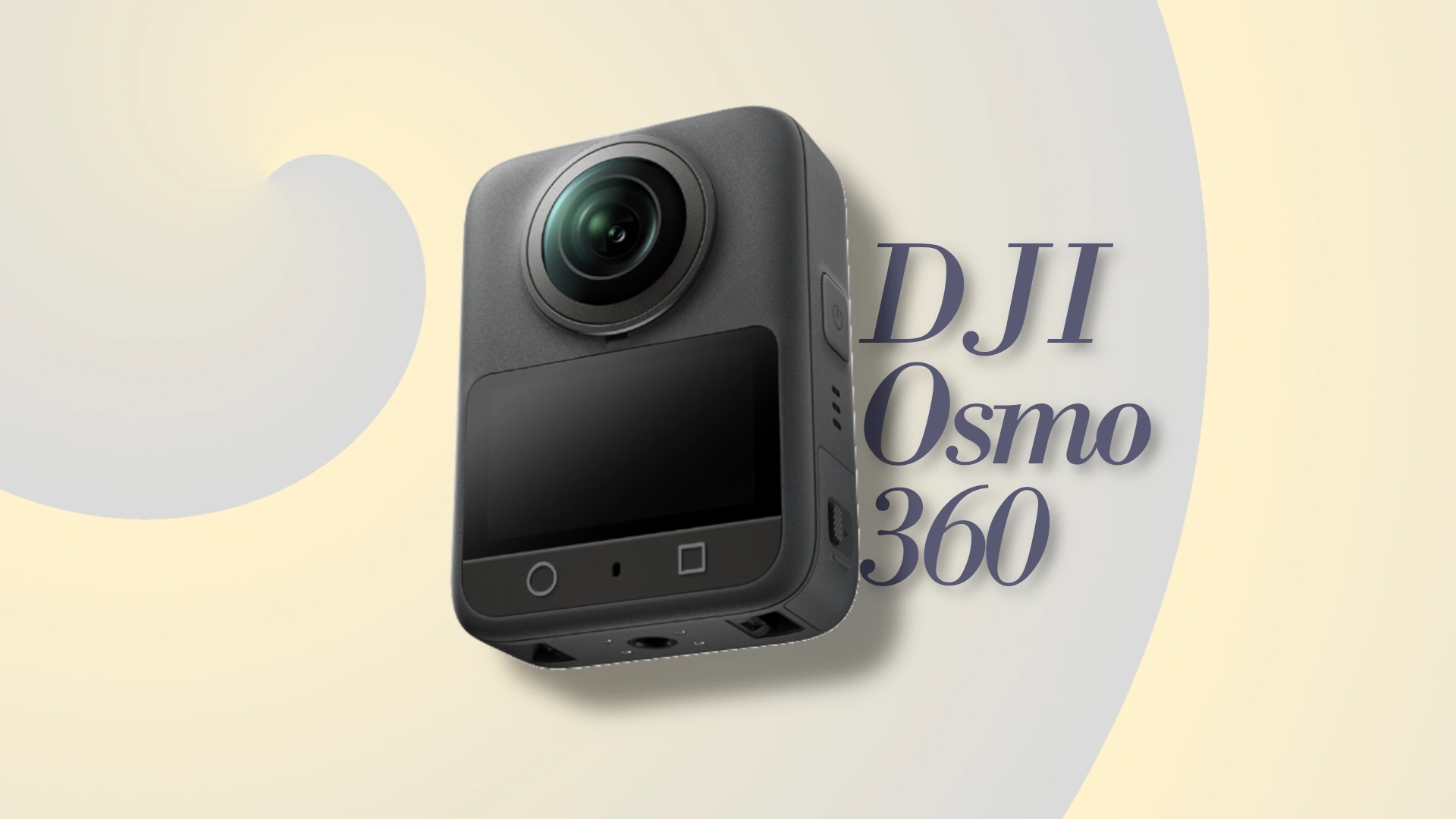

Leave a Reply